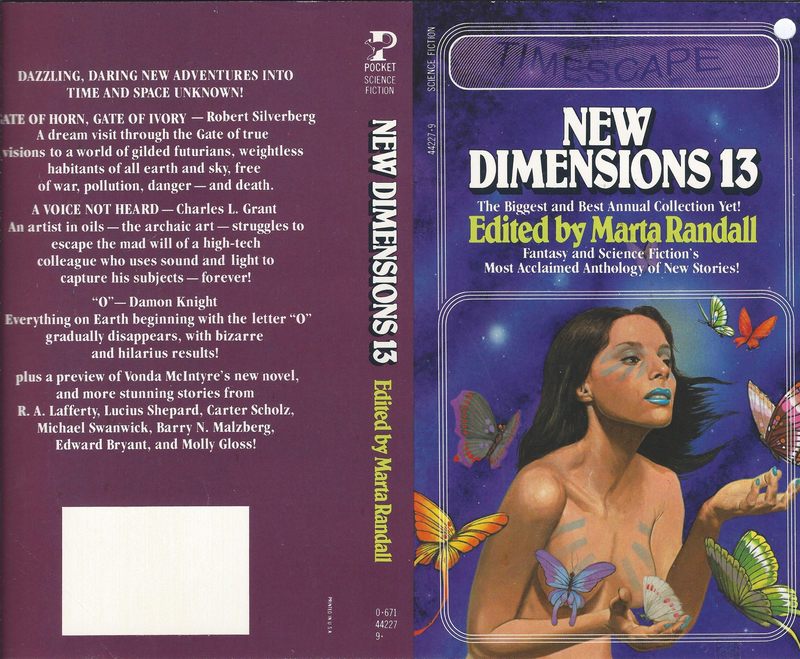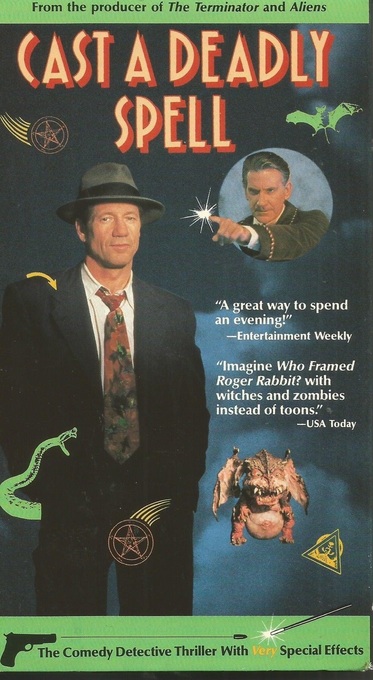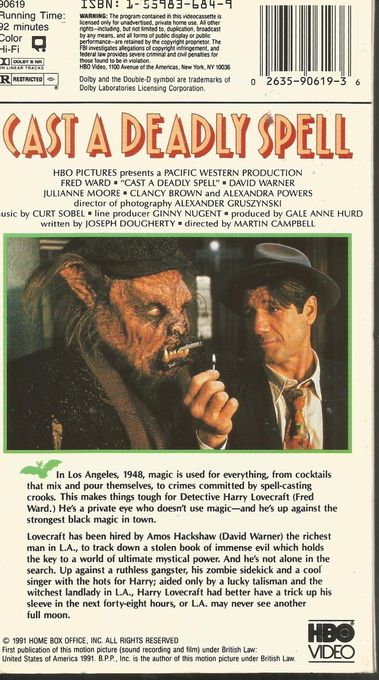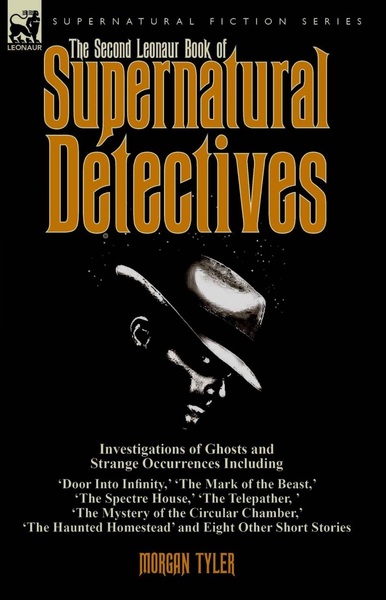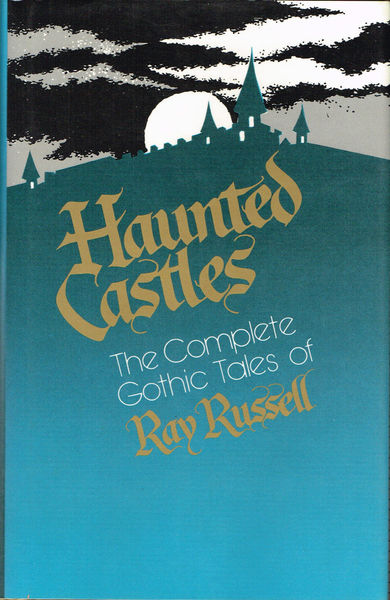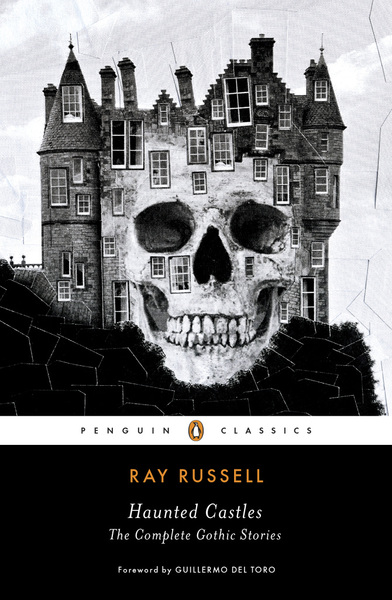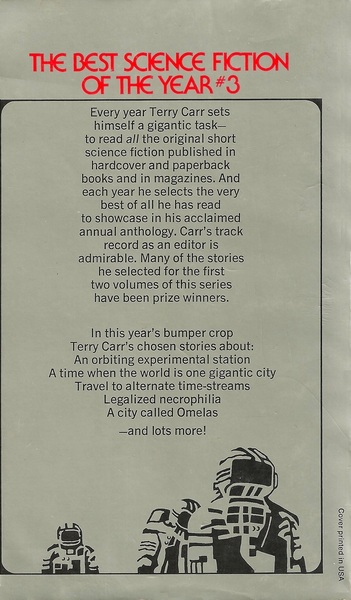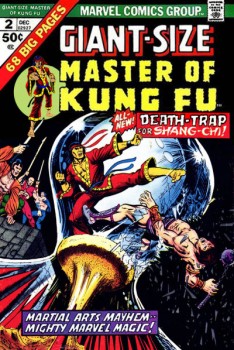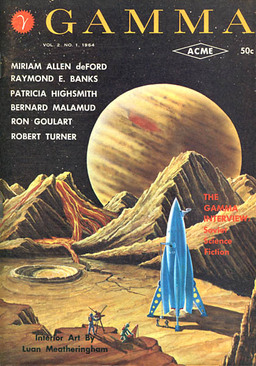The Mystery of New Dimensions 13
Robert Silverberg’s New Dimensions was one of the most celebrated anthology series of the 70s. It published an impressive amount of award-winning fiction, including R. A. Lafferty’s “Eurema’s Dam” (1973 Hugo), Ursula K. Le Guin’s “The Ones Who Walk Away from Omelas” (1974 Hugo), James Tiptree, Jr’s “The Girl Who Was Plugged In” (1974 Hugo), Suzy McKee Charnas “Unicorn Tapestry” (1981 Nebula), and many others.
New Dimensions 11 and 12 were co-edited with Marta Randall. The final volume, New Dimensions 13, was solely edited by Randall, and it boasted a dazzling range of writers, including Vonda McIntyre, Robert Silverberg, R.A. Lafferty, Lucius Shepard Michael Swanwick, Barry N. Malzberg, and many others. There’s just one problem with it, however: no finished copies are known to have survived. The entire print run was reportedly pulped, and the only copies that exist today were advance copies sent out to reviewers.
Why? That’s part of the mystery. Gunter Swain posted the cover above on Facebook today — the first image I’ve ever seen of the book. He reports the book “was published but was never distributed.” In the comments section, Marta Randall shed some light on the mystery.
